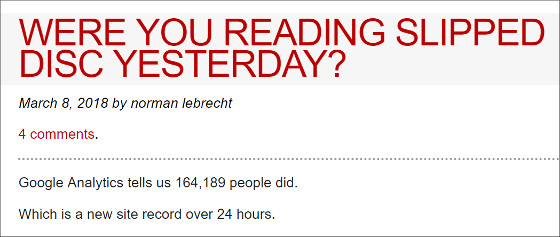The Orthodox Veil
One day during 1986 Steven Isserlis rang me up. I had never heard of him; he was apparently a cellist. He said, 'I'm a Jew, I'm a Russian Jew. My father is Russian. I love your music. I particularly love the Russian Orthodox qualities that it has. Although I'm a Jew, I'm not a practising Jew. I always go to the service of Easter in the Orthodox Church, because I love the music so much and I love the ceremonies. I just wonder whether you could write a piece for cello and orchestra that has some connection with the Orthodox music that I love so much.' Of course, if another kind of cellist had rung me up and said, 'Would you compose a cello concerto?' I would have said, 'No. Absolutely out of the question.' But the way Steven put this question and the fact that he told me he loved Orthodox music somehow excited me. It seemed a genuine way of asking if I would do it.John Tavener describes the genesis of his icon in sound The Protecting Veil in The Music of Silence: A Composer's Testament. Easter is celebrated by the Orthodox and Coptic Churches on April 12th, and the mystical header image comes from the Coptic Church of the Virgin Mary in the Haret Zuweila district of Cairo. My pilgrimage to Coptic monasteries in Egypt is recounted in the photo essay In search of le point vierge.
Also on Facebook and Twitter. Any copyrighted material is included as "fair use" for critical analysis only, and will be removed at the request of copyright owner(s).










Comments